Round Up Of Tips, Ideas, And ActivitiesDuring the summer, there are lots of opportunities to do activities that blend academics and fun. This helps kids to practice and maintain concepts and skills already covered and also gives them chances to see how these concepts matter in real life. Here is a round up of different tips, ideas and activities that I have shared in the past that I feel are still relevant and worth revisiting. Math is often thought of as lots of calculations, worksheets, equations and critical thinking activities, but in fact, math is used in almost every decision and action that we make on a daily basis. Math is everywhere around you. We use math for most activities without even realizing it. In my blog post Tips For School And Home:How To Help Primary Kids With Math, I suggested a few different activities for sorting and classifying, measurement, estimation, time, geometry, fractions, and basic operations. In Math Real Life Activities For Children I talk about math in the kitchen, math in the workshop, shopping and math, and working with money. These are only a few ways that math can be connected to real life situations at home as well as at school. Language Arts - Reading and writing are only a couple of the components of language arts. In my blog post Tips For School And Home: How To Help Kids With Language Arts, I share several different suggestions and activities for the various aspects of language arts. It is important to note that language development starts at home and then is refined at school. There are many different ways to promote language development with reading, writing, and oral communication activities. I shared ideas and resources for phonics and vocabulary development, reading, writing, and oral communication in the above mentioned post. If you are looking for more ideas that will help with reading and writing for students that struggle in these areas, check out the following posts: Motivatiing Reluctant Readers Tips For Helping Struggling Writers In The Classroom Just take a look around you and think about the various things you see and the things you do and if you start to analyze them, you will be amazed at how they involve science. Science is involved in every aspect of our lives. At school, kids are introduced to some of the basics, and various experiments and investigations are done. At home, more of these types of activities can happen and deeper learning can be accomplished. In my blog post, Tips For School And Home: How To Help Kids With Science, I break science down into different categories to help with providing a broad glimpse into the world of science. Hopefully, this will inspire kids to look further and continue to learn about the marvels around them. You will find some tips and ideas for chemistry, biology and life sciences, earth science, and several different areas of physics. Science Ideas For School And Home also gives some more ideas and possible activities that might be fun to try. Social Studies is the study of people and their relationships to other people and the world. For young children, it starts with family and then spreads out to community, regions, provinces, states, or territories, and from there, to countries and the world. It can be broken up into 5 different categories: geography, history, culture and society, civics and government, and economics. I wrote 2 posts last year because there was so much to cover. Tips For School And Home: How To Help Primary Kids With Social Studies talks about geography, history, and culture, heritage and traditions and gives some ideas and possible resources that might work. Tips For School And Home: How To Help Primary Kids With Social Studies Part 2 This blog post focuses on the rights and responsibilities of people and regional leaders, relationships between people and the environment, multicultural awareness and diversity, and the interactions of First Nations people and early settlers. Social Studies Ideas And Activities For Outdoors also provides some tips and activities for learning more about the area where we live and the surrounding environment. In my final instalment, Tips For Summer Support: How To Help Primary Kids, I focus on finding creative ways to do academic activities to make learning fun during the summer break. Well there you have a selection of tips and activities for the various academic areas that can be used to help kids keep learning throughout the summer while they are enjoying their holiday break. I hope that these tips and ideas have given you some inspiration for ways to keep the learning going while having fun during the summer break.
0 Comments
Summer Break Is HereMost teachers are exhausted and need to take a break. Kids are also needing a break, however, it is important to remember to find a balance between taking a break from school and continuing to practice skills and concepts learned throughout the year. Thinking about doing school work may seem daunting, but there are many ways to make academics fun during the summer. Summer Learning OpportunitiesSome places have some great summer camps and summer school activities available for kids. Not all of these options are available for all kids because of cost, but there may be some that are available in your area. The public library may also have activities and programs available for the kids. Where I live, we are fortunate because there are many different summer school activities happening in our school district. These courses are available to any of our students for free, so it opens the door for all kids to participate. My daughter-in-law is doing a session on science and art and she plans on getting outdoors to do science activities in the nearby forest and at the beach as part of her activities. What a great way to take what has been learned into the real world. Many other sessions also involve academics and sports or other real life experiences. Connecting academics and fun activities helps to keep kids engaged and learning throughout the summer. This really makes a difference when they return to school. I think we have all experienced something like the "summer slide" when we have not used a skill for a long time. I think this is especially true during the time we spent doing everything differently because of the pandemic. Now that we are approaching a summer that is more in character with what we were used to, we need to reacquaint ourselves to the types of activities and experiences we used to take for granted. The Importance Of Review After A BreakLet's be honest, not many of us remember the math and science concepts we learned in school unless we are using them now or we have been revisiting them for teaching. That doesn't mean we can't review them and do a refresh for our brains. Languages are the same. They become rusty if we don't use them for a long time. It's like we go into a "memory fog". When I stopped teaching music in French, I didn't use my French for several years. It took some time for me to feel comfortable using it again. Once I got going, it did come back and I was able to go into my grandson's classroom and start volunteering there. I also tutored some middle school late immersion students. During the pandemic, I haven't been using it, so I feel that I will need to refresh again, but it will be much faster this time. Kids also forget what they have learned if they don't revisit it often. It sometimes feels like they need to relearn almost everything when they return after a long break. That is why it is important to do some sort of review teaching as we begin a new term with them. Reviewing old skills and concepts before introducing new ones may sometimes feel like it takes too much time, but without it, many kids will be left behind because they won't truly be able to understand the new concepts. In the long term, that review that is done when they return will reap many benefits down the road. Last year, I wrote a series of blog posts of tips for supporting primary kids during the summer. Next week I will be doing a roundup of different teaching tips and ideas for summer. In the meantime, check out my related posts at the end of this blog posts for some ideas. If you are just wrapping up your school year, I hope you have a wonderful and refreshing summer break. If you are part way through your break already, I hope it has been relaxing or adventurous and that you have been able to recharge as you prepare for a new school year in a few weeks. Happy summer everyone! Related PostsUsing Experiments To Practice The Scientific MethodLast week I shared the scientific method and the steps involved in it. This week I would like to share 3 fun and easy experiments kids can try that use the scientific method. String TelephonesThis is a fun experiment that lets kids create telephones and then test them out. I did it with my grandsons last weekend and they really enjoyed it. The oldest one did the worksheets and the younger two just played with the phones. We didn't have all the different types of containers, but we did do two different types and we tried 3 different string lengths. Check out the photos below. If you are interested in finding out more, check out the preview for the resource. Click on the image to go to the resource. Are You A Rectangle Or A Square?This activity is actually a measurement activity that I did with my classes. It was a great way to learn more about measuring, while using the scientific method and investigating in a scientific way. I used it as a math activity for my student led conferences a couple of times as well. The kids were excited to see if their parents were rectangles or squares. Find out more by clicking the image below. The Clink Clunk TestIf you want to surprise your kids, try this gravity experiment. They will be amazed to learn that the weight of the objects doesn't determine which will land first. It is also interesting for them to see how a crumpled ball of paper and a single sheet of paper react differently. Sign up for my newsletter and get your free copy of The Clink-Clunk Test. These are only 3 of many different experiments that can be done using the scientific method. The more comfortable your students get with using this scientific process, the easier it will be to examine and investigate different things they wish to learn more about. If you would like to get your own copy of the scientific method along with the worksheets that accompany the poster, click the image below. Have fun trying out the above experiments and many more as your students explore the wonders around them. Related PostsUsing The Scientific MethodThe scientific method, also known as the scientific process, is a method used to test out experiments and solve different hypotheses. There are several steps that help to prepare, test, and evaluate the results of your testing. It takes a question or problem that needs to be solved to begin the process. Once the question or problem is determined a hypothesis or good guess of what will happen is formed. Once the question and hypothesis are determined, it is time to prepare to do the experiment to test out the hypothesis. First the materials need to be gathered and then the steps needed to do the experiment are decided. This is the procedure. It is important to observe what happens as the experiment progresses. These observations will help to determine if things are working or not. This is also referred to as data collection. Once the experiment is complete, studying the data results will help to determine if the hypothesis was correct or not. Data analysis is necessary if we want an accurate evaluation. The final step is the conclusion. Was our hypothesis correct or not? Based on the observations and data results, this can help with deciding the next steps. If the hypothesis was correct we were successful. if the hypothesis was not correct, we can try to figure out what went wrong and revise our experiment to try again. Egg Drop ExperimentMy grandson just completed an egg drop experiment with his grade 2/3 class. They started out the process with a class discussion of what would happen if an egg was dropped off a roof. They then discussed ways they could protect the egg so it wouldn't break. Once they came up with some possible solutions, they were challenged with the task to invent a way to protect the egg from breaking when it was dropped. The challenge was accepted and each student came up with a plan. They created their inventions and then the teacher took all the egg contraptions to the roof. The ultimate test was about to begin. The students cheered as each egg was dropped from the roof. Did it break? According to the teacher, about half of the eggs did not break. That's a pretty good result. Here is my grandson with his invention. Apparently it broke a few times during the trials at home, but when it mattered, it did not break. You can see the egg is still intact. Another student made a similar design, but he had a parachute attached to it. My questions to the class would be: "How are the two designs similar?" "How are they different?" "Did the parachute make a difference?" "Was it needed?" I am not sure how the results were tallied or what happened next in his classroom, but it made me think about all the different types of experiments I did with my classes while I was still teaching. When I talked with my grandson after the experiment, I asked what they had done to prepare for the experiment. He had used the steps of the scientific method but didn't realize it. I suspect that the teacher will be sharing this method with the class soon. That is only a guess, but it would make sense. The Scientific MethodI created a resource using the scientific method for my students to use when we did the various experiments. It was a way to document the scientific process that was used while working through the experiment. I found it to be an effective tool for organizing their thoughts and observations. You can click the image below to check it out. There are so many different great experiments that kids can try to practice using the scientific method. The egg drop experiment is only one idea. I will share a few other ideas next time. Related Posts |
About Me Charlene Sequeira
I am a wife, mother of 4, grandmother of 9, and a retired primary and music teacher. I love working with kids and continue to volunteer at school and teach ukulele. Categories
All
|
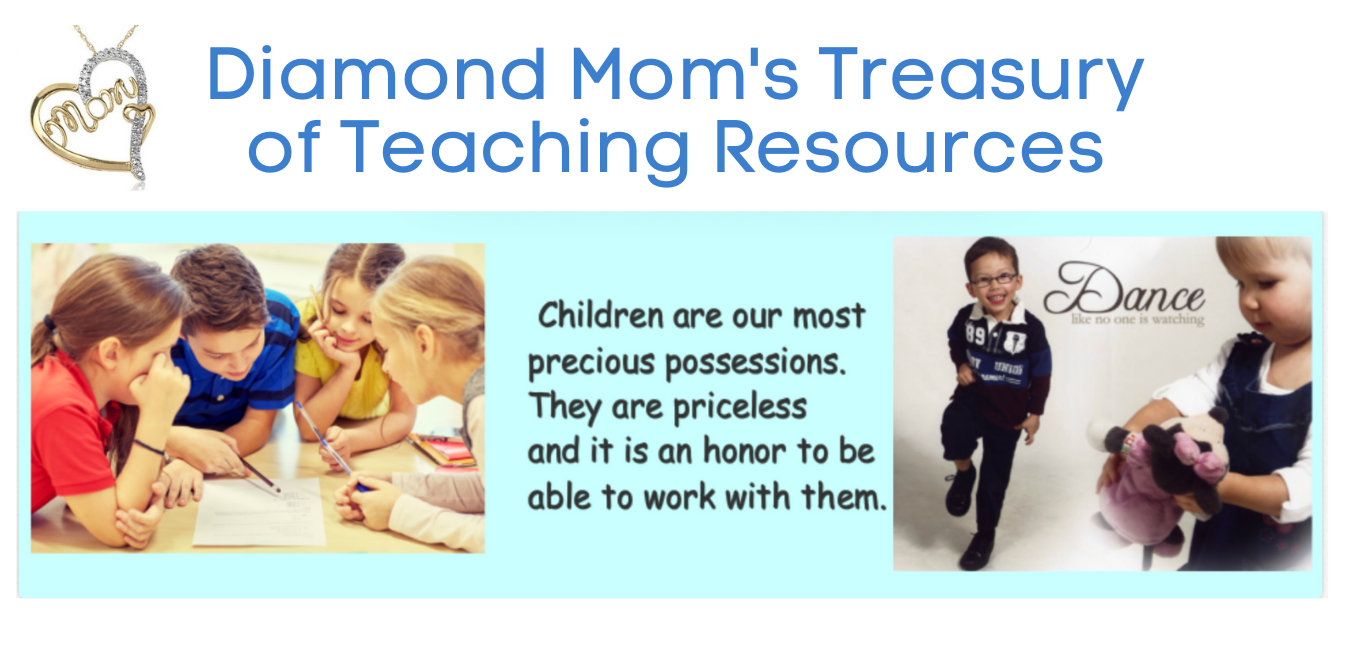
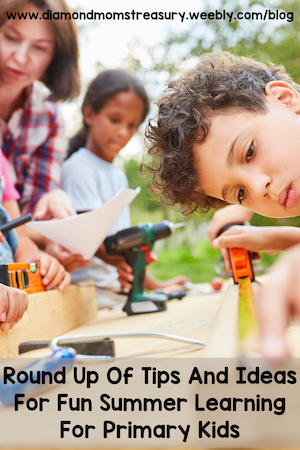
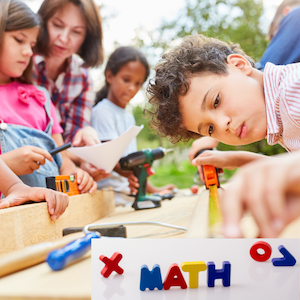
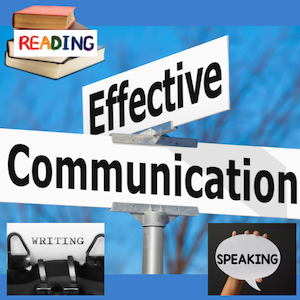
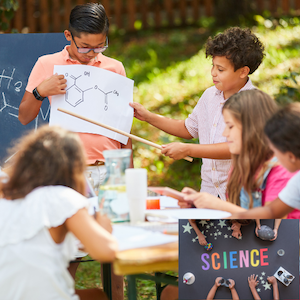
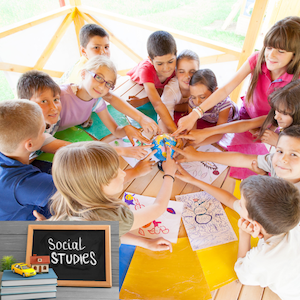
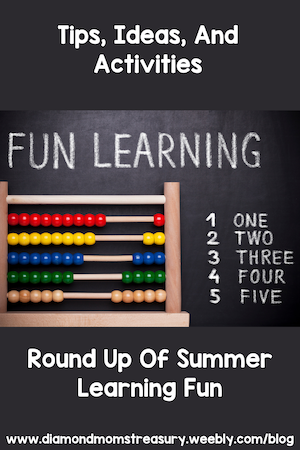

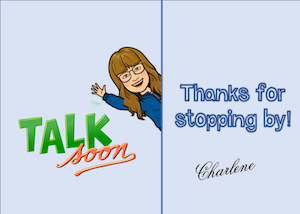
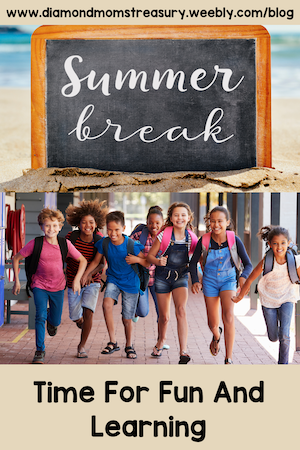
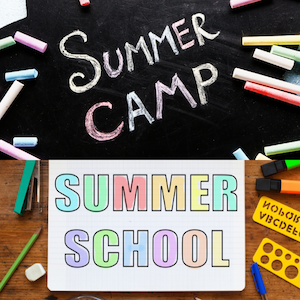
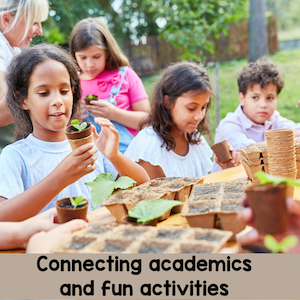
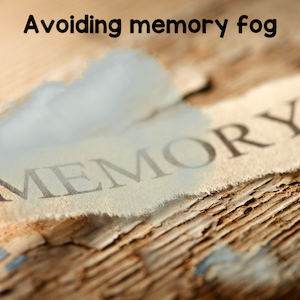

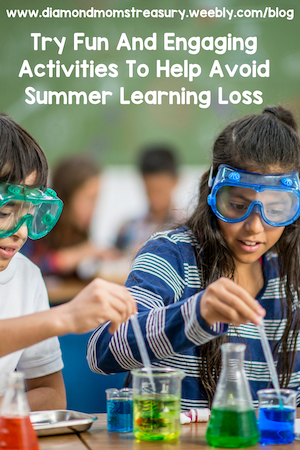

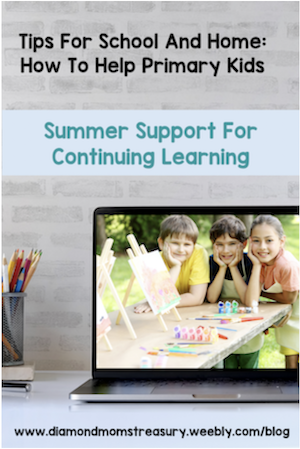
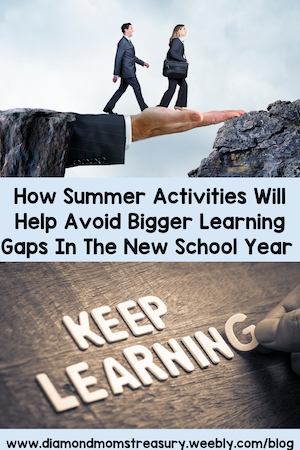
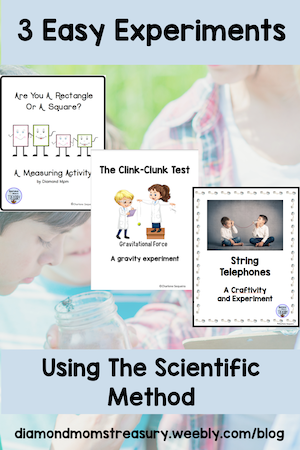
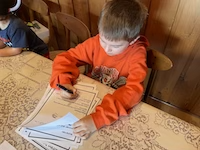
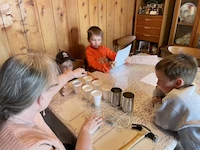
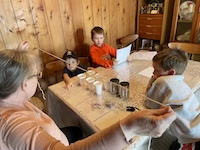
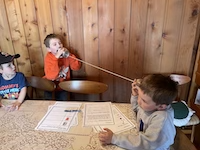
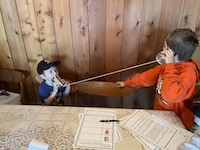
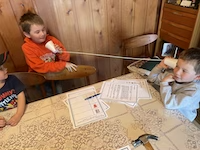
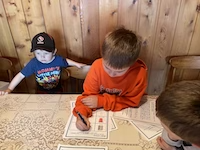
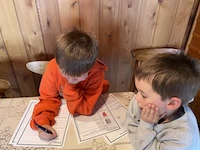
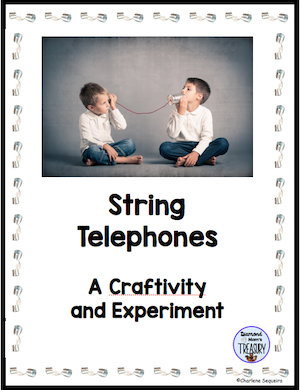
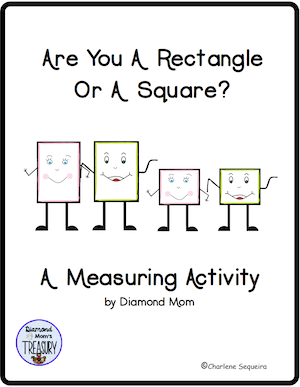
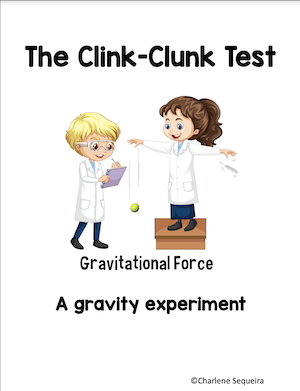
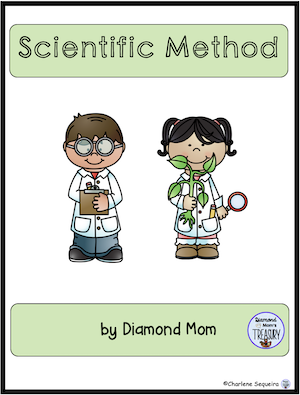
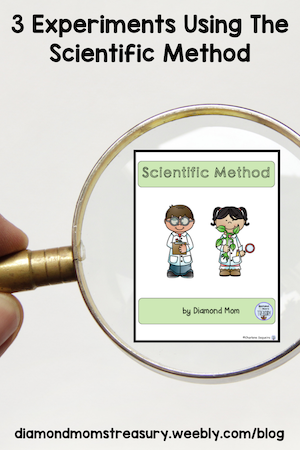


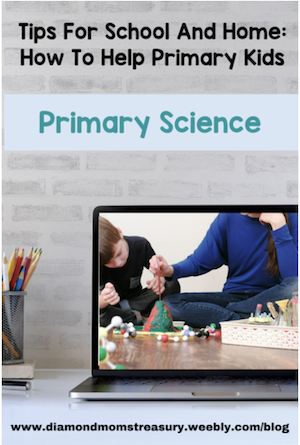
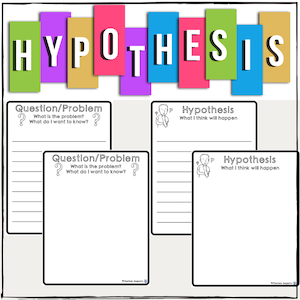
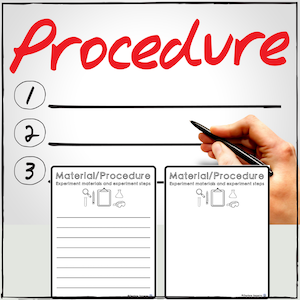
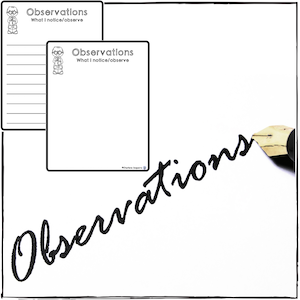

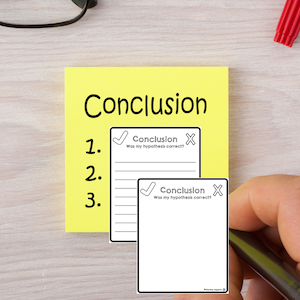
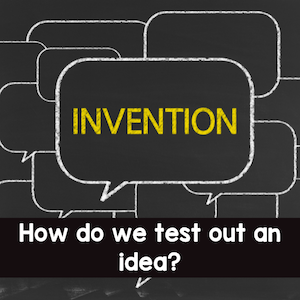
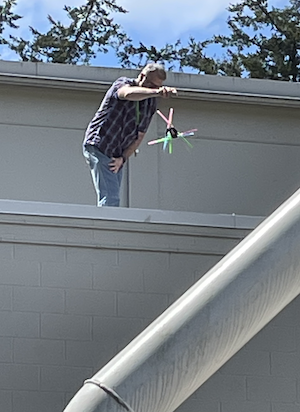
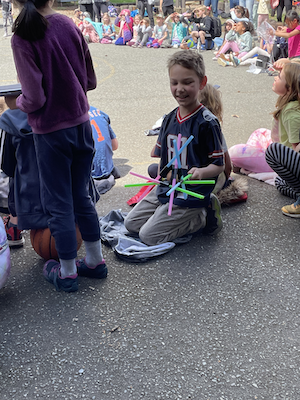
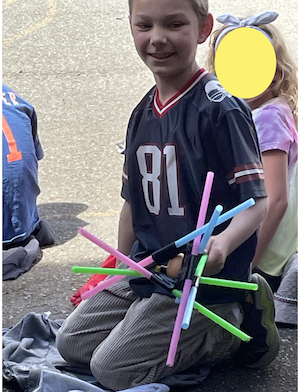

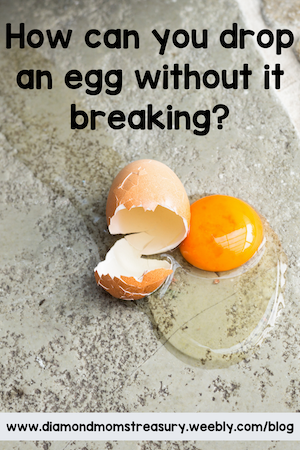

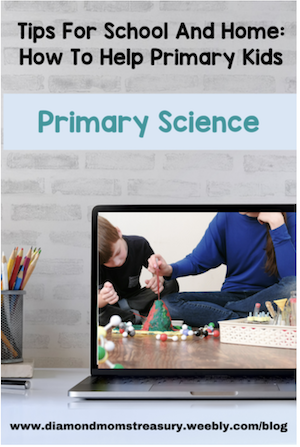
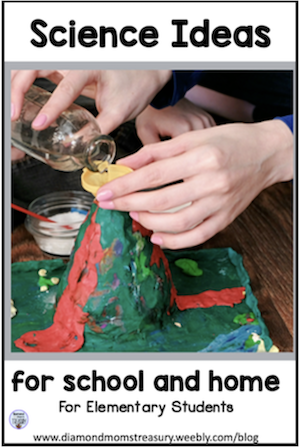
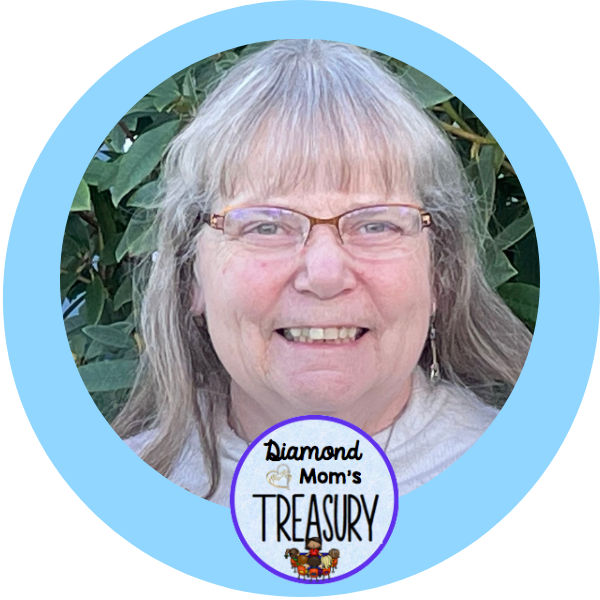


 RSS Feed
RSS Feed